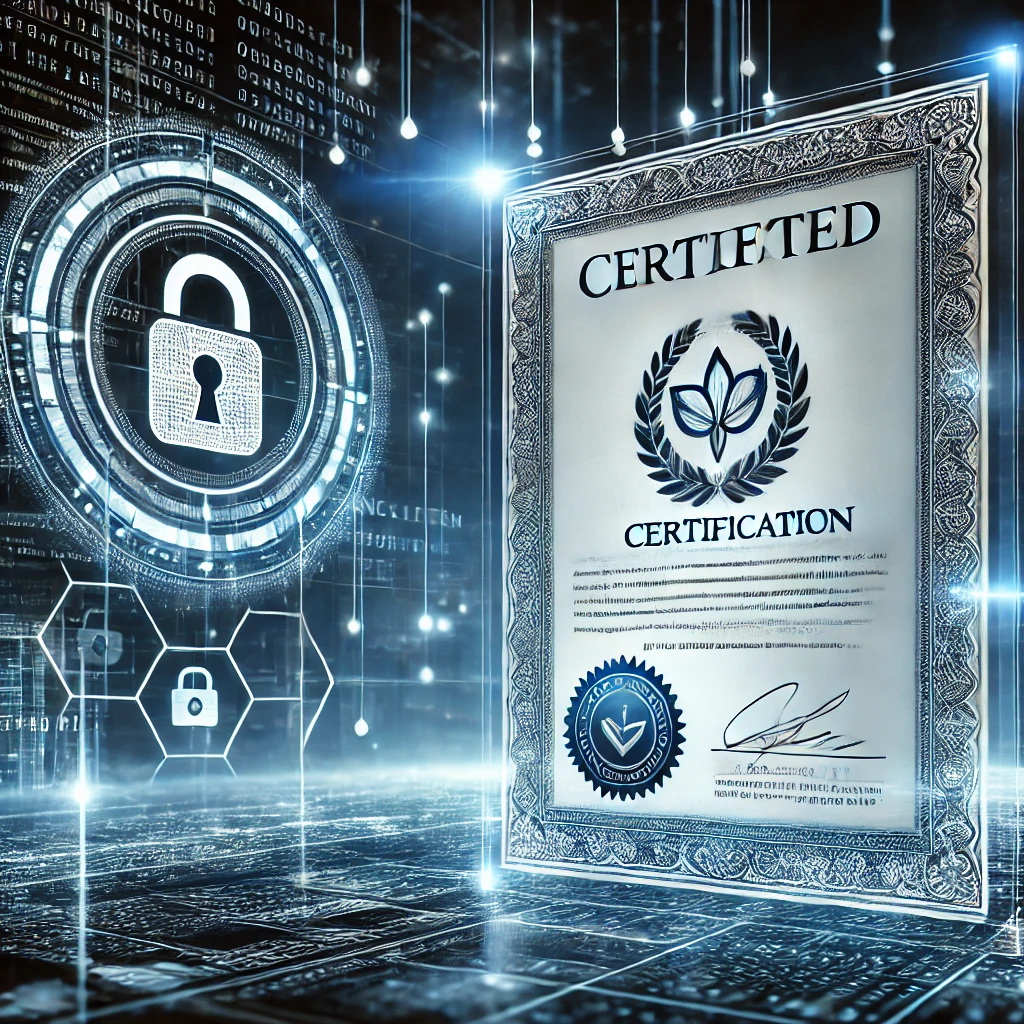Paperless Office Solutions: Transforming Workspaces for the Digital Age
5 min read • Jul 21, 2025
5 min read • Jul 21, 2025

The way we work is rapidly evolving—and at the heart of this transformation is the move toward paperless office solutions. With a rising focus on sustainability, productivity, and cost-efficiency, more and more businesses are replacing traditional paper-based processes with digital alternatives.
But going paperless isn’t just about eliminating paper—it’s about adopting smarter workflows that save time, reduce errors, and empower teams to collaborate from anywhere.
In this detailed guide, we’ll explore everything you need to know about paperless office solutions, including their benefits, key technologies, implementation tips, and how they can help your business thrive in 2025 and beyond.
📄 What Is a Paperless Office?
A paperless office is a work environment where the use of paper is reduced or eliminated entirely. Instead, businesses rely on digital tools and cloud-based systems to manage documents, approvals, signatures, and communication.
Instead of printing contracts or storing files in cabinets, employees can:
-
Store files in cloud storage
-
Use digital signature platforms (like Apostisign)
-
Manage workflows using software tools
-
Communicate using email, chat apps, and video calls
🌟 Benefits of Going Paperless
✅ 1. Cost Savings
Say goodbye to expenses on paper, ink, printers, storage space, and maintenance.
✅ 2. Improved Efficiency
No more wasting time on printing, scanning, or searching through filing cabinets. Everything is a click away.
✅ 3. Better Collaboration
Cloud-based platforms allow teams to work together in real-time from different locations.
✅ 4. Enhanced Security
Digital documents can be encrypted, password-protected, and access-controlled—much safer than paper.
✅ 5. Eco-Friendly
Reduces your business’s carbon footprint and promotes environmental sustainability.
✅ 6. Disaster Recovery
With cloud backups, your data is safe from fire, flood, or theft—unlike physical files.
🛠️ Key Technologies Behind Paperless Office Solutions
-
Document Management Systems (DMS):
Platforms like Google Drive, Dropbox, or OneDrive allow for secure storage, sharing, and retrieval of files. -
E-Signature Tools:
Solutions like Apostisign let you legally sign documents online without printing. -
Optical Character Recognition (OCR):
Converts scanned documents into searchable, editable text—useful for digitizing paper archives. -
PDF Editors:
Tools like Adobe Acrobat or PDFescape help you create, edit, and annotate documents digitally. -
Cloud Storage & Backup:
Ensures safe, anytime access to important files from any device. -
Workflow Automation:
Platforms like Trello, Notion, or Asana streamline approvals, task tracking, and reminders without paperwork.
📝 Steps to Implement Paperless Office Solutions
Step 1: Evaluate Your Current Process
-
How much paper do you use?
-
What documents can be digitized?
-
What tools are you currently using?
Step 2: Choose the Right Tools
-
Select a cloud storage solution
-
Use a digital signature platform like Apostisign
-
Pick communication and workflow tools that match your business needs
Step 3: Digitize Your Existing Documents
-
Scan important paper files and upload them to your DMS
-
Use OCR for searchable files
Step 4: Train Your Team
-
Educate employees on using digital tools effectively
-
Encourage habits like saving to cloud, e-signing, and using project management tools
Step 5: Secure Your Data
-
Set permissions for file access
-
Enable encryption and multi-factor authentication
📂 Common Areas Where Paperless Solutions Shine
| Department | Paperless Use Cases |
|---|---|
| HR | Employee onboarding, contracts, leave forms |
| Legal | NDAs, agreements, compliance documents |
| Finance | Invoices, receipts, tax documents |
| Sales | Proposals, e-signature contracts, CRMs |
| Operations | Checklists, SOPs, inventory records |
| Admin | Internal memos, notices, meeting notes |
🔐 Are Digital Documents and Signatures Legally Valid?
Yes! In most countries including India, the USA, and EU nations, digital and electronic signatures are legally recognized and enforceable, as long as they follow certain criteria like identity verification and audit trails.
In India, the IT Act, 2000 recognizes digital signatures as legal if certified by a licensed authority.
Apostisign is fully compliant with legal standards, offering secure and trackable signing processes with full validity in court.
🧩 Integrating Paperless Solutions with Existing Systems
You don’t need to reinvent your whole system to go paperless. Instead, you can integrate paperless solutions with:
-
CRMs (Zoho, HubSpot)
-
Accounting tools (Tally, QuickBooks)
-
HRMS platforms (greytHR, Keka)
-
Document editing tools (Google Docs, MS Word)
Many platforms, including Apostisign, offer APIs and integrations for seamless operations.
🚀 Future of Paperless Workspaces
As more organizations shift to hybrid or remote work models, paperless office solutions will become a necessity, not an option.
Key trends to watch for:
-
AI-driven document automation
-
Blockchain-secured digital records
-
Biometric digital signatures
-
100% paperless HR and legal departments
📌 Tips for a Successful Paperless Transition
-
Start small—choose one process (like signing) to digitize first
-
Involve your team and get their feedback
-
Set realistic timelines and goals
-
Regularly review and upgrade your digital tools
-
Prioritize cybersecurity and compliance
🔚 Conclusion: Go Paperless with Confidence
Going paperless isn’t just about saving trees—it’s about building a smarter, more efficient, and more secure workplace. With the right tools and strategy, your business can reduce waste, save money, and boost productivity.
Apostisign offers secure, fast, and fully legal digital signature tools that are perfect for any paperless office journey. Whether you’re a startup, freelancer, or enterprise—start transforming your workflow today.ap



